Remember when school handbooks were thicker than some textbooks? Those yellow-paged dress code manuals from our youth contained some truly head-scratching regulations that would make today’s students revolt in collective disbelief. As we look back on the educational landscape of the 1950s through the 1970s, it’s almost comical how much emphasis was placed on maintaining “proper” appearances in the classroom.
1. No Girls in Pants… Ever
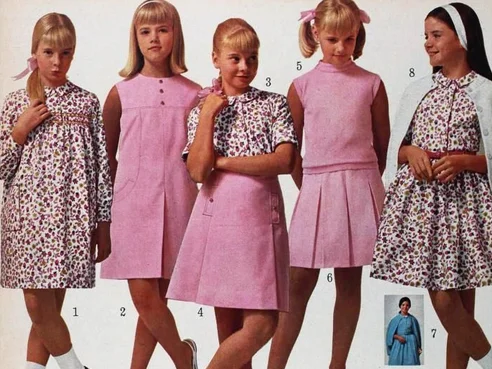
Girls wearing pants to school was once considered wildly inappropriate, with school districts across America mandating skirts or dresses only until the late 1960s and even into the 1970s. Even during freezing winter months, young ladies were expected to brave the elements with bare legs or, at best, thick stockings that never seemed quite warm enough. Quartz traces not just the development of girls being allowed to wear pants in school, but also the fight that had to be fought for them to have that right in the first place. The Fashionisto has a whole array of popular hairstyles from the past, but some of them would not be allowed based on old dress codes.
The dress-only policy was so strict that some schools sent girls home immediately if they dared to arrive in slacks, resulting in missed education and embarrassed students who simply wanted to be comfortable.
2. Mandatory Sock Color Coordination
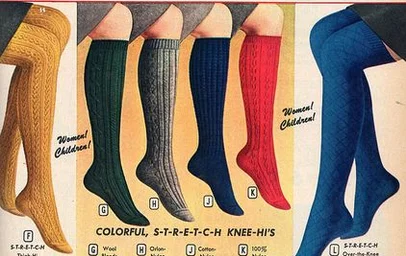
Believe it or not, many schools had incredibly specific rules about sock colors that had to perfectly match other elements of your outfit. Boys were often required to wear dark socks with dark shoes, while girls’ anklets needed to complement their dresses or skirts without any “distracting” patterns or bright colors. As recounted by The New York Times, even socks come with different trends concerning how to wear them.
Faculty members would actually conduct impromptu “sock checks” during homeroom, and three violations could result in after-school detention or a note sent home to parents about your “rebellious” hosiery choices.
3. Hair Cannot Touch the Collar for Boys

Throughout the 1960s and early 1970s, as popular culture embraced longer hairstyles for men, schools became battlegrounds over the length of boys’ locks. Male students were routinely measured, sometimes with actual rulers, to ensure their hair did not touch their shirt collars or cover their ears, regardless of the current fashion trends or cultural movements.
Parents and administrators engaged in heated legal battles over these restrictions, with some boys actually being suspended for weeks or even expelled from educational institutions simply for sporting Beatles-inspired haircuts.
The rule created particular hardship for taller girls with longer arms, who struggled to find fashionable options while their shorter classmates seemed to get away with much briefer hemlines through simple biology.
4. Fingertip Length Rule for Girls’ Skirts
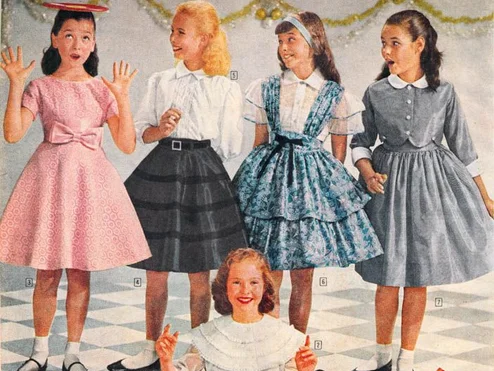
The infamous “fingertip rule” dictated that girls’ skirts and dresses must extend beyond their fingertips when arms were held straight at their sides. This arbitrary measurement became the gold standard across thousands of American schools, creating a bizarre morning ritual of girls standing stiffly with arms pressed against their thighs before leaving home.
5. The “Ruler Width” Space Between Dancing Partners
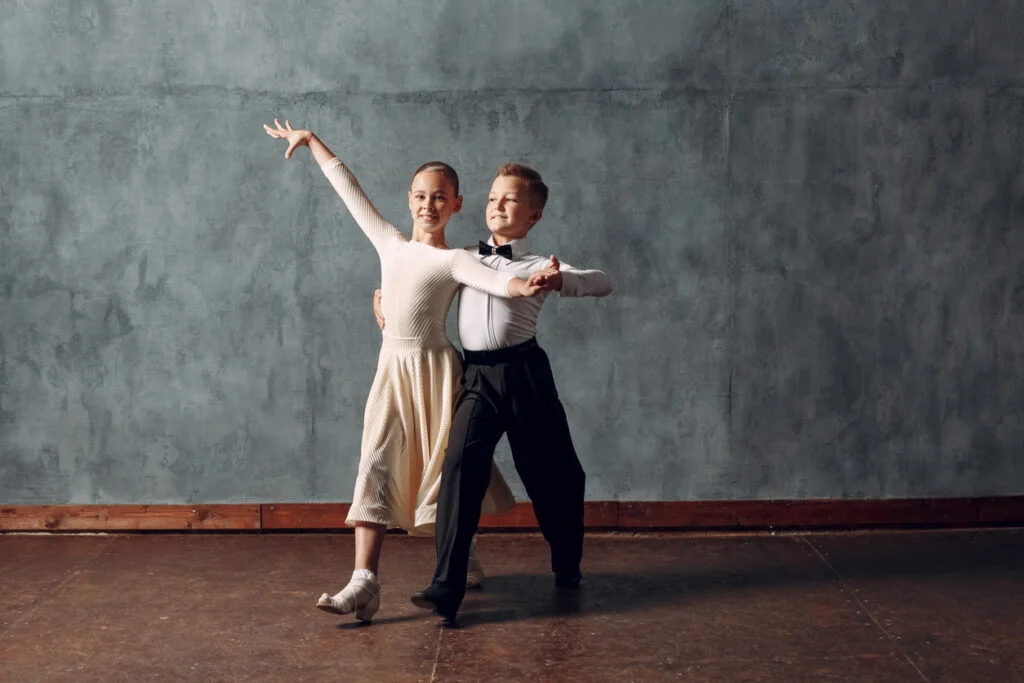
School dances came with their own bizarre regulations, with chaperones often armed with actual rulers to ensure couples maintained the mandatory six-inch gap between their bodies. Administrators would patrol the gymnasium floor like fashion police, tapping offending couples on the shoulder if they danced too closely during even the slowest ballads. Students caught in “inappropriate proximity” three times in one evening might be banned from future social events, have their parents called, or even face academic probation for this supposedly serious infraction against school decorum.
The space-between-dancers rule was particularly strictly enforced at formal events like proms and homecomings, where teacher chaperones seemed to take special delight in embarrassing students. Clever teenagers developed workarounds like the “hover hand” technique that created the illusion of proper spacing while still allowing for some semblance of normal dancing, leading to a strange arms-length choreography that looks comical in old photographs. The dancing restriction perfectly encapsulated adults’ fears about teenage relationships, creating a generation who associated school functions with awkward, artificially constrained movements rather than joyful social experiences.
6. The Precise Two-Inch Heel Height Maximum
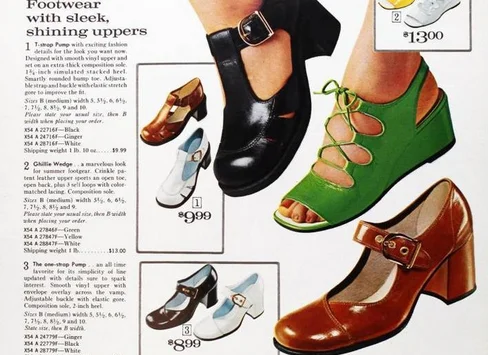
Heel height regulations were spelled out to the exact measurement in many dress codes, with most schools settling on a two-inch maximum for girls’ footwear. Students who violated this rule would sometimes find themselves sent to the office where administrators would literally measure their shoe heels with rulers before calling parents to bring “appropriate” replacements.
Girls who were caught multiple times breaking the sacred two-inch barrier could face demerits, detention, or even the humiliation of having to wear school-provided canvas shoes kept specifically for such “emergencies.”
7. No Blue Jeans Whatsoever

Today’s staple garment was once forbidden entirely from school grounds, with denim considered too casual and associated with rebellious youth culture. Schools justified the ban by claiming jeans were “work clothes” unsuitable for serious academic pursuits and might distract from the dignified learning environment they aimed to create.
Parents often found themselves frustrated by the additional expense of maintaining separate school wardrobes when perfectly good jeans hung unused in closets five days a week.
8. Mandatory Belts for Boys
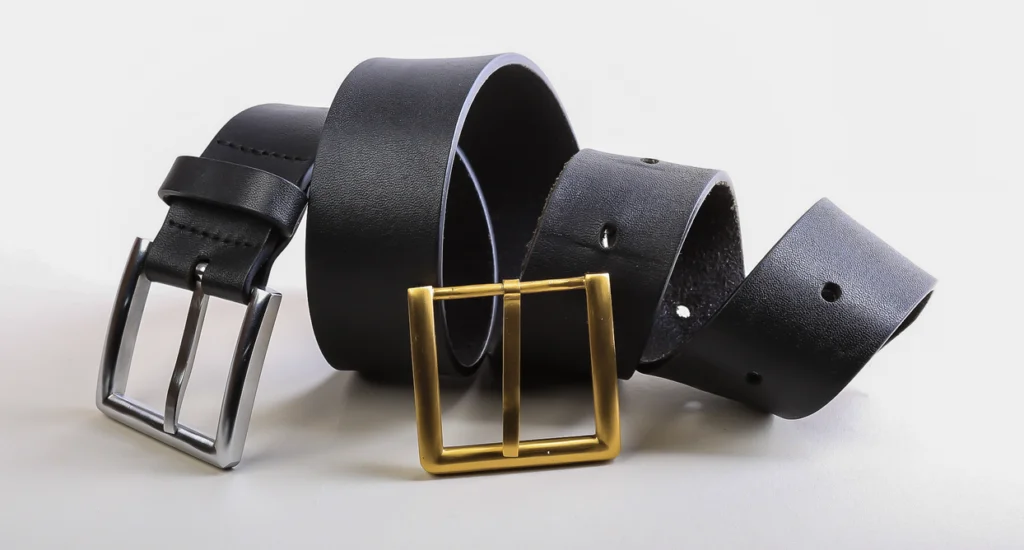
Boys in many schools were required to wear belts at all times, even if their pants fit perfectly without one. The absence of this accessory could result in a dress code violation ticket, regardless of whether the student’s shirt was tucked in or if the pants even had belt loops.
School administrators would conduct spot checks during hallway transitions, asking boys to lift their shirts slightly to verify belt compliance, an embarrassing process that seemed designed to enforce conformity rather than serve any practical purpose.
9. Girls Required to Wear Nylons Year-Round
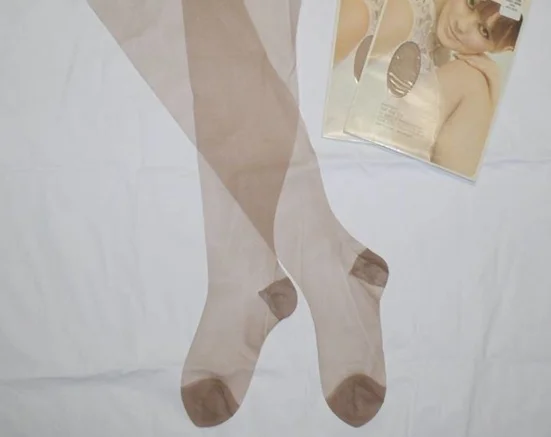
In many schools through the 1960s, bare legs were considered improper, meaning girls had to wear nylons or stockings regardless of sweltering temperatures. During hot months, this requirement led to uncomfortable, sweaty conditions that made focusing on academics nearly impossible in buildings that rarely had adequate air conditioning.
The nylon rule persisted despite parent complaints about the expense and impracticality, with schools insisting that exposed skin below the hemline was simply “not appropriate for academic settings.”
10. No Visible Logos or Brand Names
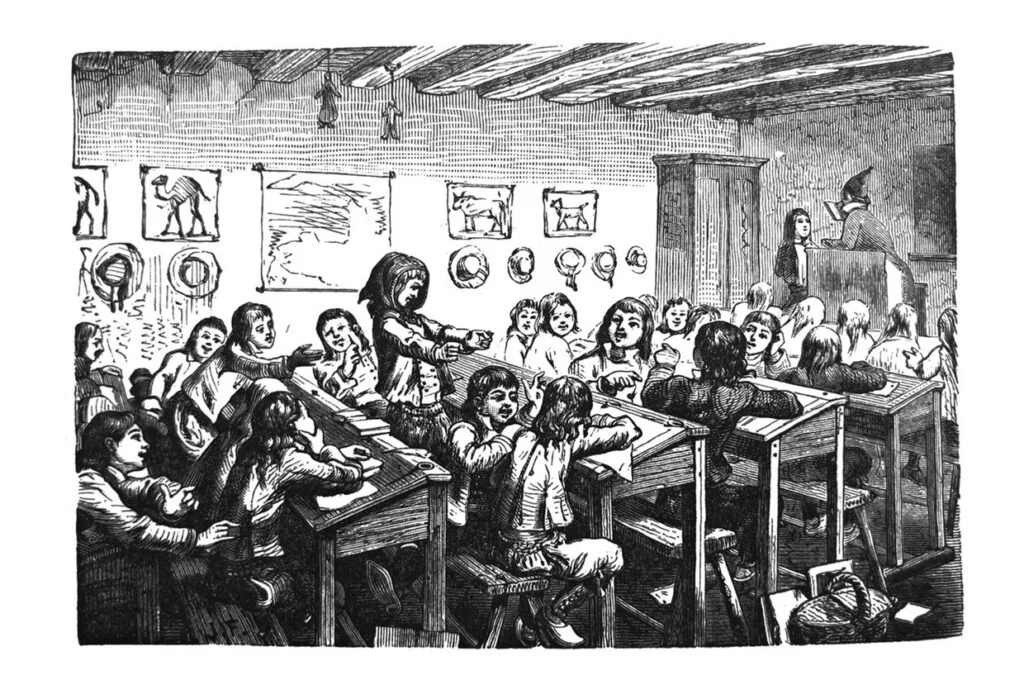
Long before the era of designer labels becoming status symbols, many schools prohibited any visible branding on clothing, considering it distracting and potentially creating social divisions. Students who arrived with even tiny alligators on polo shirts or brand names on sneakers might find themselves sent to the office to turn clothing inside out or cover offending symbols with tape.
Parents would often get creative with seam rippers and patch kits to make otherwise perfectly good clothing “school-appropriate” by removing any evidence of its origin.
11. White Shirts on Test Days

Some schools mandated that students wear white shirts or blouses specifically on exam days, based on the peculiar belief that white clothing somehow promoted academic honesty and concentration. This superstitious dress requirement meant families needed to maintain a supply of pristine white tops, which presented a particular burden for households without washing machines or those with limited budgets.
The white shirt rule typically came with detailed specifications about acceptable fabrics and styles, creating yet another opportunity for students to accidentally violate the complex dress code.
12. Mandatory Gym Uniforms in School Colors
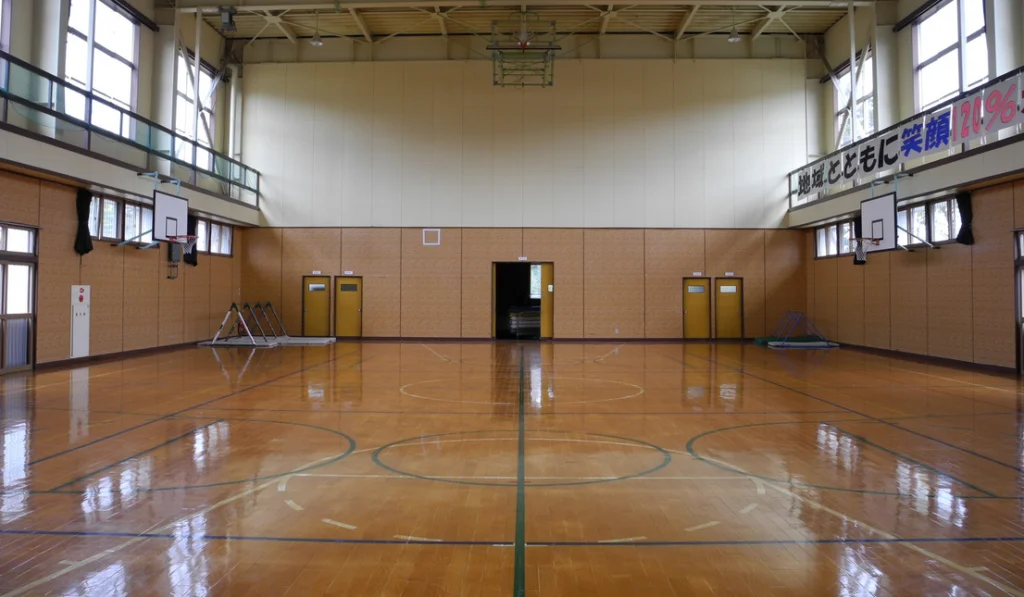
Physical education attire was often governed by painfully specific requirements that mandated not just a particular style but exact color matches to school hues, regardless of how unflattering they might be. These one-size-fits-few uniforms typically consisted of bloomers or extraordinarily short shorts for girls and equally revealing attire for boys, creating body-image anxieties that persisted long after graduation.
The worst part was that many schools required these garments to be purchased exclusively through the school at marked-up prices, creating financial hardship for families already stretching budgets to meet other school requirements.
Looking back on these arbitrary fashion laws of yesteryear, it’s amusing to consider how much classroom time was wasted policing hemlines instead of nurturing curious minds. While today’s schools still maintain dress codes, they’ve largely moved away from micromanaging every aspect of student appearance to focus more on creating inclusive learning environments. Perhaps the real lesson from our shared fashion-policed past is that education thrives best when we focus less on outward conformity and more on developing the unique potential within each student.



